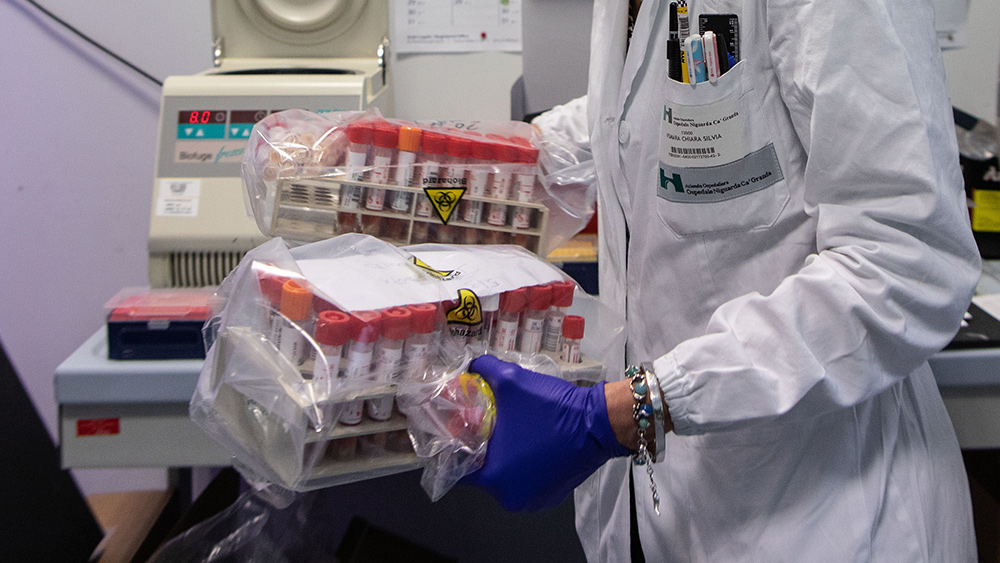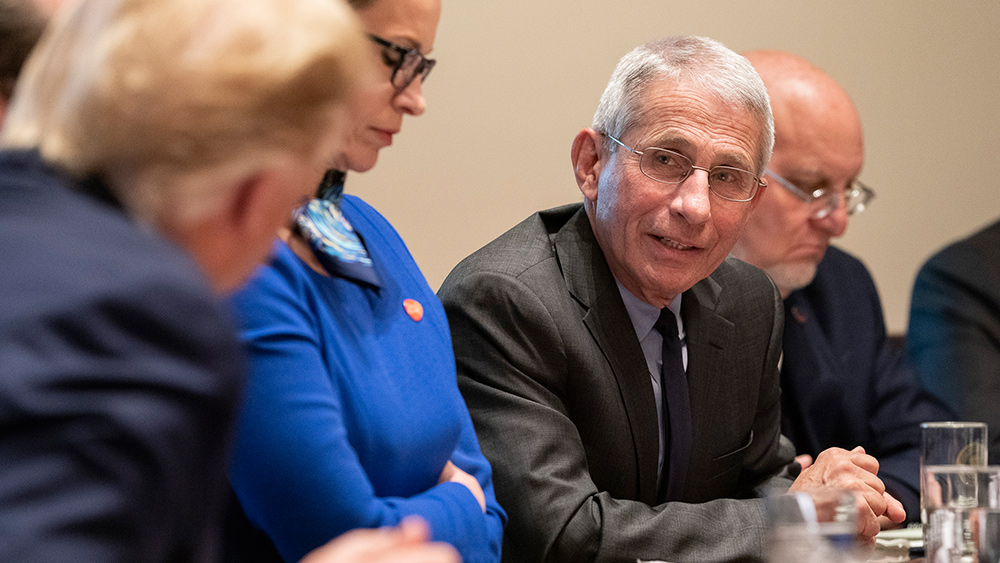Banknotes and Coronavirus
by JP Koning, BullionStar:
A few days ago I was walking in the park near our house with my wife and kids. Their schools were already cancelled and we wanted them to stretch their legs. On the path in front of me I saw a fresh $20 bill.
My first thought was that this was some sort of social experiment. Someone was secretly monitoring me to test if I would take it for myself or would try and find its owner. I’ve found $5 and $20 bills before, and this is always my first reaction.
My second reaction caught me by surprise. Is that bill loaded with coronavirus? Should I just leave it on the ground? Luckily, I never had to make a decision. The person who had lost it was backtracking, and I pointed it out to them.
But how justified was my worry?
There are few objects in the world that are more widely touched and manipulated than cash. It’s no wonder that as the coronavirus travels around the globe, potential transmission by banknotes has become an issue.
In this post I’m going to review what the authorities like central banks have done up till now with the banknotes they issue. And then I’ll discuss what science has to tell us about banknotes and pathogens.
The response from central bankers
The current pandemic is being caused by the severe acute respiratory syndrome coronavirus 2, or SARS-CoV-2. It first emerged in the Chinese city of Wuhan in December.
Beginning in mid-February, banks in virus-hit parts of China were ordered by the People’s Bank of China, China’s central bank, to withdraw potentially-infected cash from circulation. All notes received from hospitals, markets, and buses were to be sent to the central bank for destruction. Remaining banknotes were to be disinfected using ultraviolet or heat treatments and stored for seven to 14 days before recirculation.
South Korea also announced measures. On February 19, the Bank of Korea announced that to help prevent the spread of the coronavirus, it would no longer be accepting banknotes and coins from overseas. On February 24 it began routinely superheating notes to 150 degrees Celsius for two to three seconds. And on March 6 it announced that all cash coming to the central bank from local banks would be quarantined for two weeks.
In early March, Iranian authorities encouraged the public to avoid banknotes.
The Federal Reserve began quarantining incoming dollar banknotes from Asia on February 21. Saudi Arabia recently began isolating all banknotes coming back into the kingdom from banks and money transfer companies.
In Hungary, the central bank reported that it was isolating billions worth of banknotes for two weeks, then shrink wrapping them and sending them through a 160°C tunnel. Kuwait too has begun to isolate used banknotes for at least four weeks before recirculating them into the economy.
The World Health Organization’s stance
As for the World Health Organization (WHO), it issued the following graphic on February 19:
Loading...




